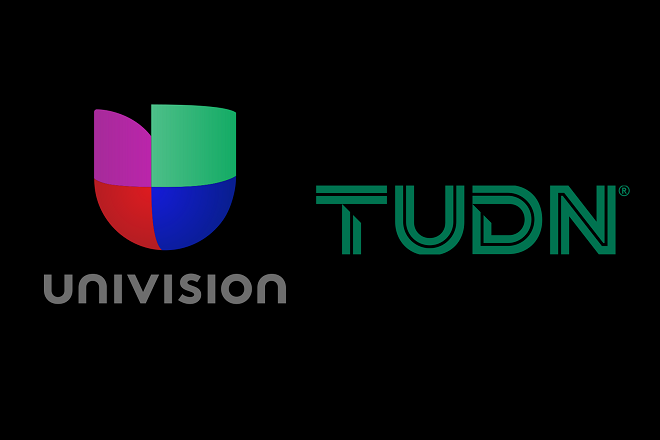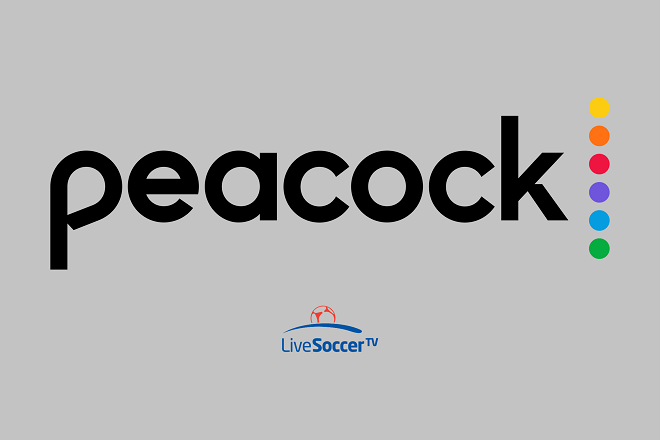Roma have had their ups and downs this season. The Lupi were once among the teams battling for the Scudetto, but have since fallen by the wayside, and presently sit in sixth spot in Serie A, with three losses from their last five games, including back to back defeats to Parma and Napoli just prior to the international hiatus. They were also dumped out of the Coppa Italia by Serie A debutants Spezia before barely earning a 4-3 win over the same minnows just a few days later.
However, Paulo Fonesca's side are the only Italian team remaining in European competition. And they have secured some interesting sponsorship deals for the upcoming season. This includes becoming the first Italian team to link up with American sportswear company New Balance after their long-term association with Nike ends, as well as contracts with British fintech company REPX and sports site LeoVegas.news.
Unfortunately, that good fortune doesn't extend to their plans to build their own stadium. At the present, Roma, like many other Italian sides, rent their stadium from the city council. In addition, they're required to share the venue with their cross-town rivals Lazio (just like AC Milan and Inter share the Stadio San Siro/Stadio Giuseppe Meazza). This means that revenues don't go directly to the clubs unlike in the Premier League, where privitization of stadia is more the norm than a rarity.
In February 2019, the project, tentatively named the Stadio della Roma, was given the green light by Roma's city council after some aggressive campaigning by then-Roma owner James Pallotta. The venue, which was to seat up to 55,000 fans was to be funded by an additional €1 billion ($1.2 billion) in private financing, but these plans began to crumble when Roma's ownership changed hands in August 2020.
After Dan Friedkin and his company bought the Giallorossi for a bit over €590 million ($710 million), they began to do a cost-benefit analysis and determined that the current economic climate, worsened by the COVID-19 pandemic, was not conducive to such a massive financial undertaking. Furthermore, Roma ended up posting losses of €74.8 million ($90.1 million) for the six month time-frame that ended on December 31, 2020.
That being said, the project isn't entirely cancelled, but apparently just put on the back burner for now. Still, it means that Roma will stay as co-tenants with Lazio at the Stadio Olimpico for quite some time.
In addition, they unfortunately won't be able to join a very small club of sides who actually own and operate their own stadiums in Italy. The most well-known is certainly Juventus, but people may be shocked to know that there are even a trio of smaller sides who do as well: Udinese, Sassuolo, and Atalanta.




























